In the dynamic world of logistics, choosing between Omnichannel vs Multichannel Fulfillment is a critical decision for businesses seeking scalable growth. While both strategies aim to meet diverse consumer demands, their approach to integration, inventory visibility, and customer experience differs significantly. Understanding these differences helps optimize your supply chain for efficiency and responsiveness. This guide explores the pros, cons, and key considerations to help you choose the best fit for your operations.
What is Multichannel Fulfillment?
Multichannel fulfillment is a business strategy utilizing multiple distinct sales channels—such as ecommerce websites, third-party marketplaces, physical stores, and social media platforms—to maximize market presence and reach customers wherever they shop. In this approach, channels typically operate independently with separate inventory pools, order management systems, and customer service protocols. Each channel often maintains its own allocated stock, allowing for channel-specific promotions but creating operational silos.
This separation frequently results in varied customer experiences across channels and fragmented data insights, making it difficult to gain a comprehensive view of customer behavior or overall inventory status. While multichannel strategies effectively expand a business’s reach, they lack the seamless integration and unified experience that characterizes more advanced fulfillment models, essentially prioritizing widespread presence over connected operations.
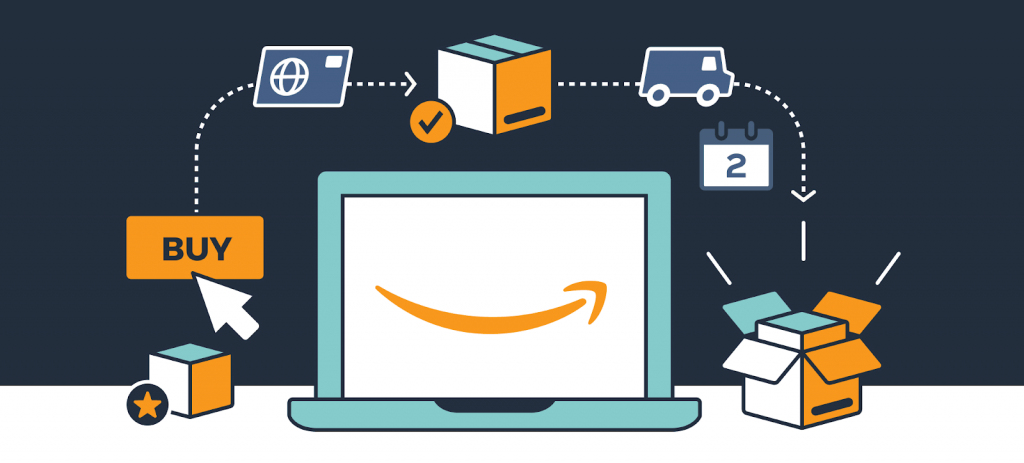
What is Omnichannel Fulfillment?
Omnichannel fulfillment, in contrast, represents a more integrated and customer-centric strategy. It aims to unify all sales and fulfillment channels to provide a completely seamless, consistent, and interconnected experience for the customer. The core principle is that the customer should be able to move fluidly between channels – browsing online, purchasing via mobile app, picking up in-store, returning via mail – without encountering friction or inconsistencies. This requires breaking down the operational silos characteristic of multichannel setups.
Operationally, omnichannel fulfillment relies on a centralized view of inventory across all locations and integrated systems for order management. Regardless of where an order originates, it draws from a shared inventory pool and can be fulfilled from the most optimal location. Technology plays a crucial role, synchronizing data in real-time across POS systems, ecommerce platforms, WMS, OMS, and CRM systems. The focus shifts from channel optimization in isolation to optimizing the overall customer journey and maximizing network efficiency.

Pros and Cons of Omnichannel vs Multichannel fulfillment Strategies
Choosing between these two approaches involves weighing their respective advantages and disadvantages against business goals, resources, and customer expectations.
Multichannel Fulfillment Pros and Cons
Pros of Multichannel Fulfillment:
- Wider reach: Enables businesses to quickly establish presence across multiple platforms where customers already shop, increasing visibility and potential sales volume.
- Channel-specific optimization: Allows for tailored strategies, branding, pricing, and promotions specific to the audience and nature of each individual channel.
- Simpler initial setup (potentially): Setting up independent channels might initially seem less complex than building a fully integrated omnichannel system, especially for businesses new to multi-platform selling.
- Leveraging platform strengths: Businesses can utilize the inherent strengths and fulfillment services of specific platforms, like Amazon FBA for marketplace orders.
Cons of Multichannel Fulfillment:
- Inconsistent customer experience: Customers may encounter different pricing, product availability, return policies, and service levels across channels, leading to frustration.
- Inventory inefficiencies: Maintaining separate inventory pools for each channel can lead to overstocking in one channel while experiencing stockouts in another, tying up capital and increasing holding costs.
- Operational complexity: Managing disparate systems, processes, and inventory pools for each channel can become complex and resource-intensive as the business scales.
- Siloed data: Fragmented data makes it difficult to get a unified view of the customer, track the complete customer journey, or perform accurate overall demand forecasting.
- Potential for channel conflict: Pricing or promotional differences between channels can sometimes lead to customer confusion or cannibalization.

Omnichannel Fulfillment Pros and Cons
Pros of Omnichannel Fulfillment:
- Seamless customer experience: Provides a consistent and unified brand experience across all touchpoints, enhancing customer satisfaction and loyalty.
- Improved inventory management: Centralized inventory visibility allows for better utilization of stock, reduces overall inventory levels, minimizes stockouts and overstocking, and improves forecasting accuracy.
- Increased operational efficiency: Streamlined processes, intelligent order routing, and the ability to leverage stores as fulfillment hubs can reduce fulfillment costs and delivery times.
- Enhanced data and insights: Integrated data provides a 360-degree view of the customer and operations, enabling better personalization, targeted marketing, and data-driven decision-making.
- Flexibility and scalability: Offers greater agility to respond to market shifts and scale operations efficiently by leveraging the entire network capacity.
- Increased sales: Options like BOPIS and ship-from-store can drive traffic and incremental sales both online and offline.
Cons of Omnichannel Fulfillment:
- Significant technology investment: Requires substantial investment in integrated systems (OMS, WMS, POS, CRM, ERP) and the expertise to manage them.
- Complex implementation: Integrating disparate systems and processes across an organization can be challenging and time-consuming.
- Organizational change: Requires breaking down traditional departmental silos and fostering cross-functional collaboration, which can involve significant cultural shifts.
- Channel integration challenges: Ensuring seamless data flow and process synchronization between all channels, especially legacy systems or third-party platforms, can be difficult.
- Maintaining real-time accuracy: Ensuring inventory and order data remains perfectly synchronized across all points in real-time requires robust technology and diligent processes.
Omnichannel vs Multichannel Fulfillment: Key Differences
Understanding the fundamental distinctions between these two strategies is crucial for making an informed choice. The core differences revolve around integration, customer focus, and operational structure.
Integration and Consistency
This is the most significant differentiator. Omnichannel vs multichannel fulfillment hinges on the level of integration. Multichannel operates with channels as separate entities, often leading to inconsistencies in information, pricing, and experience. Omnichannel prioritizes deep integration, ensuring all channels work together cohesively, presenting a single, consistent face to the customer and operating from unified data sources.
Customer Experience
Multichannel strategies often result in a fragmented customer journey; the experience on the website might differ vastly from the in-store experience or interactions on a marketplace. Omnichannel focuses explicitly on the customer journey, aiming to make transitions between channels seamless and intuitive. The goal is a holistic experience where the channel becomes secondary to the customer’s needs and preferences.

Inventory Management
Multichannel typically involves siloed inventory pools allocated to specific channels. This can lead to inefficiencies like holding excess stock or facing stockouts in one channel while having available inventory elsewhere. Omnichannel relies on a centralized, shared inventory pool visible across all channels, enabling more efficient stock utilization, accurate available-to-sell information, and fulfillment from the most optimal location.
Order Fulfillment
In a multichannel setup, fulfillment processes are often channel-specific (e.g., FBA for Amazon, separate warehouse operations for website orders). Omnichannel fulfillment centralizes order management, allowing orders from any channel to be fulfilled using a unified process and potentially leveraging diverse fulfillment nodes (warehouses, stores) based on intelligent routing logic to optimize speed and cost.
Data and Analytics
Multichannel approaches generate data within channel silos, making it challenging to gain a complete understanding of customer behavior across their entire journey or overall operational performance. Omnichannel systems integrate data from all touchpoints, providing a comprehensive, 360-degree view of the customer and unified operational analytics, enabling more sophisticated insights and data-driven optimization.
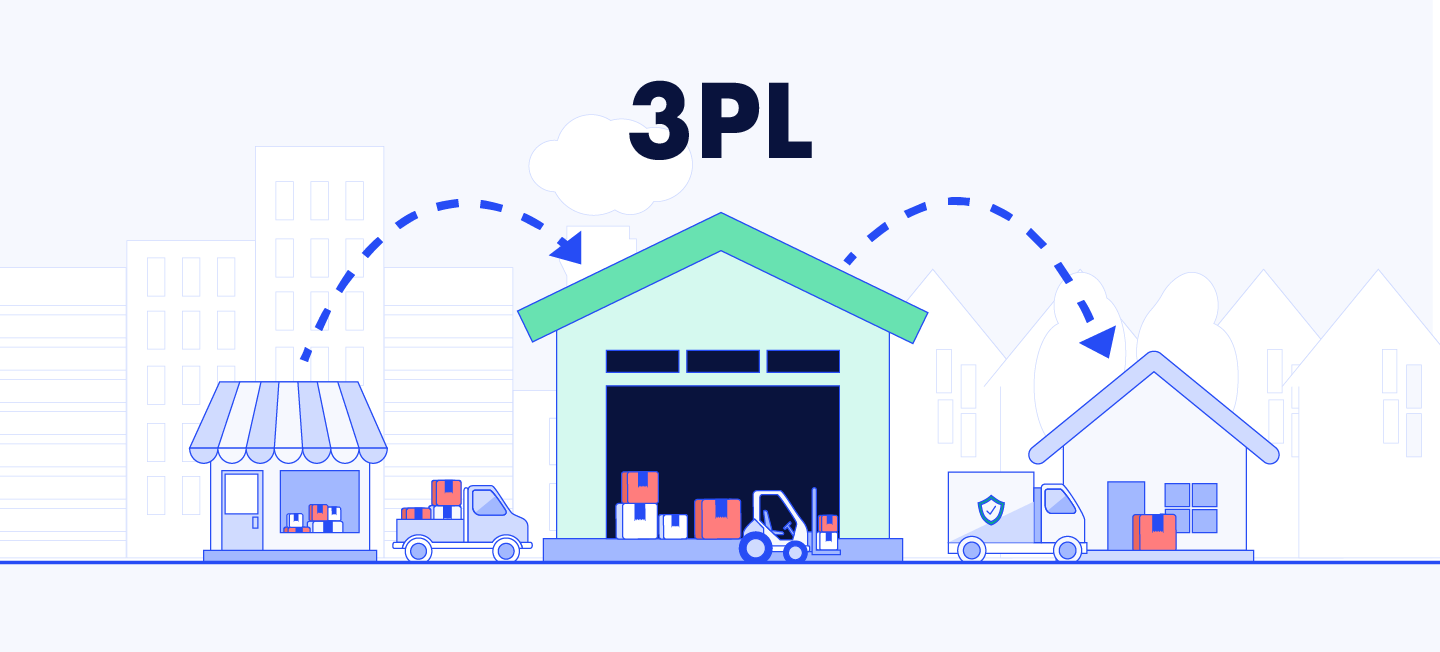
Which Is Better: Omnichannel or Multichannel Fulfillment?
There isn’t a universally “right” answer, as the optimal strategy depends heavily on a company’s specific circumstances, including its size, target market, product type, existing infrastructure, resources, and long-term goals. Multichannel might be suitable for businesses starting out, those with distinct target audiences for different channels, or those lacking the resources for full integration. It allows for broad reach relatively quickly. However, as customer expectations for seamless experiences grow, and the benefits of integration become clearer, the momentum is undeniably shifting towards omnichannel.
For businesses aiming for long-term growth, superior customer loyalty, and operational excellence, omnichannel fulfillment generally offers a more robust and future-proof approach. While the initial investment and complexity are higher, the payoff in terms of customer satisfaction, efficiency gains, and data-driven insights often outweighs the challenges. The decision in the Omnichannel vs multichannel fulfillment debate should be strategic, considering not just current capabilities but also future aspirations and the competitive landscape. Many businesses may start with a multichannel approach and gradually evolve towards a more integrated omnichannel model as they grow and invest in the necessary technology and processes.
Tips for Omnichannel Success
Transitioning to or optimizing an omnichannel fulfillment strategy requires careful planning and execution. Success hinges on integrating technology, processes, and people effectively.
Pick a 3PL That Can Handle All Your Fulfillment Needs
For many businesses, particularly small to medium-sized enterprises, partnering with a capable Third-Party Logistics (3PL) provider is crucial for omnichannel success. Implementing and managing the complex infrastructure required for seamless omnichannel operations in-house can be prohibitively expensive and resource-intensive. A technologically advanced 3PL partner can provide the necessary infrastructure, expertise, and integrations to manage inventory across multiple channels, handle diverse fulfillment methods (like ship-from-store support if applicable, or efficient warehouse picking), and integrate with various sales platforms.
Look for a 3PL with a robust Warehouse Management System (WMS) and Order Management System (OMS), proven integration capabilities (APIs), real-time data visibility, and experience specifically in supporting Omnichannel vs multichannel fulfillment strategies. Their ability to scale operations, manage returns efficiently across channels, and provide detailed analytics is vital.

Incorporate Omnichannel Fulfillment Methods into Your Supply Chain
True omnichannel success involves leveraging diverse fulfillment options beyond traditional warehouse shipping. Integrating methods like Buy Online, Pick Up In-Store (BOPIS), Ship-from-Store (SFS), curbside pickup, and utilizing local delivery partners can significantly enhance customer convenience and delivery speed. Implementing these requires tight integration between online platforms and physical store systems.
Store layouts may need adaptation to accommodate picking and packing areas, and staff require training for new fulfillment tasks. SFS, for instance, turns stores into mini-distribution centers, leveraging local inventory to reduce shipping times and costs for nearby online customers. Evaluating which mix of fulfillment methods best suits your customer base and operational footprint is key.
Focus on Inventory Management
Accurate, real-time, network-wide inventory visibility is the absolute cornerstone of successful omnichannel fulfillment. Without knowing precisely what stock is available and where, it’s impossible to promise accurately, route orders intelligently, or prevent stockouts and overselling. This requires investing in robust Inventory Management Systems (IMS) or leveraging the capabilities of advanced WMS/OMS platforms. Implementing practices like cycle counting alongside regular physical counts helps maintain accuracy.
Furthermore, sophisticated demand forecasting, utilizing data integrated from all sales channels, allows for better inventory planning and allocation across the network. Optimizing inventory placement based on predicted demand patterns minimizes carrying costs and ensures products are positioned optimally for efficient fulfillment, a critical factor in the Omnichannel vs multichannel fulfillment equation.

When comparing Omnichannel vs Multichannel Fulfillment, the right strategy depends on your business model, customer expectations, and logistical capacity. Omnichannel offers unified control and consistency, while multichannel provides simplicity and quick scalability. With the right partner and technology, either can drive long-term success. Evaluate your goals carefully to align fulfillment strategy with customer satisfaction.
Keys Logistics offers flexible fulfillment solutions tailored to both omnichannel and multichannel needs. Contact us today to discover which model suits your logistics strategy best.


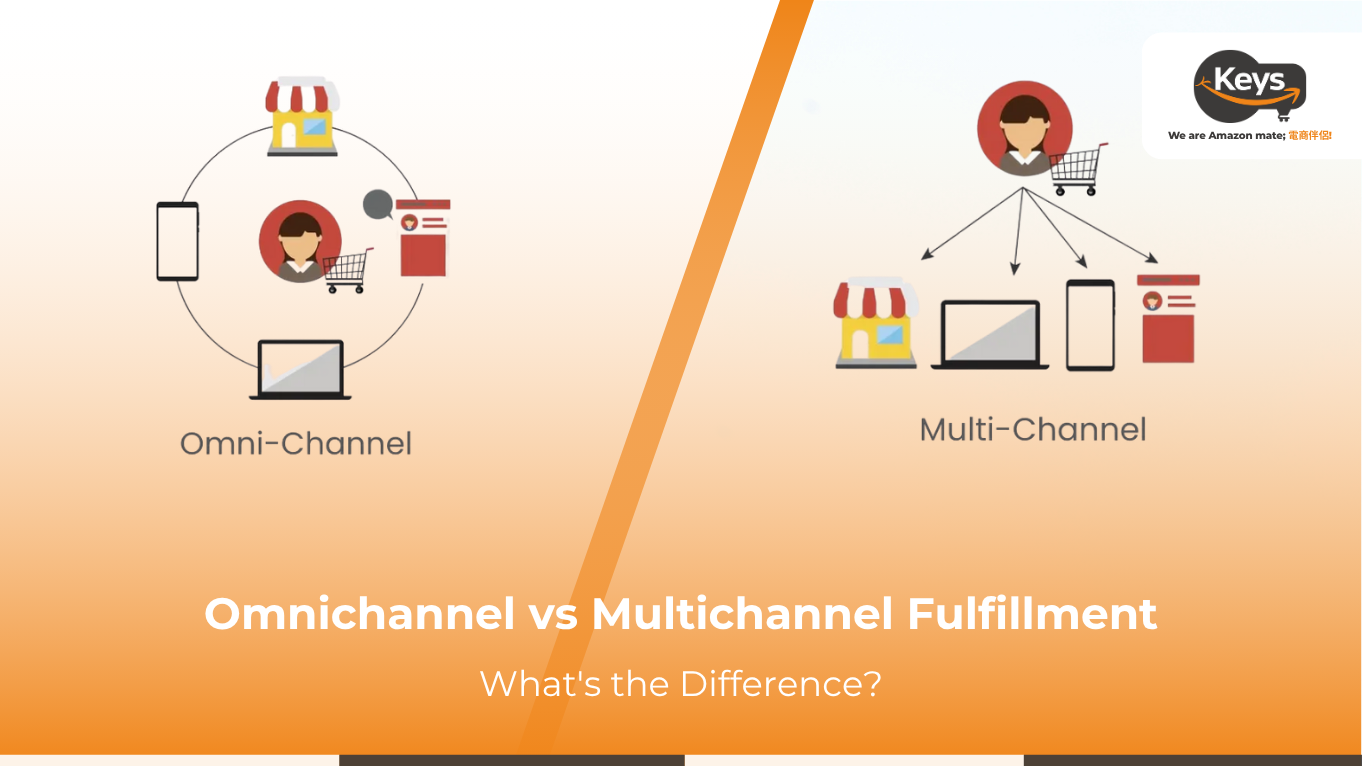
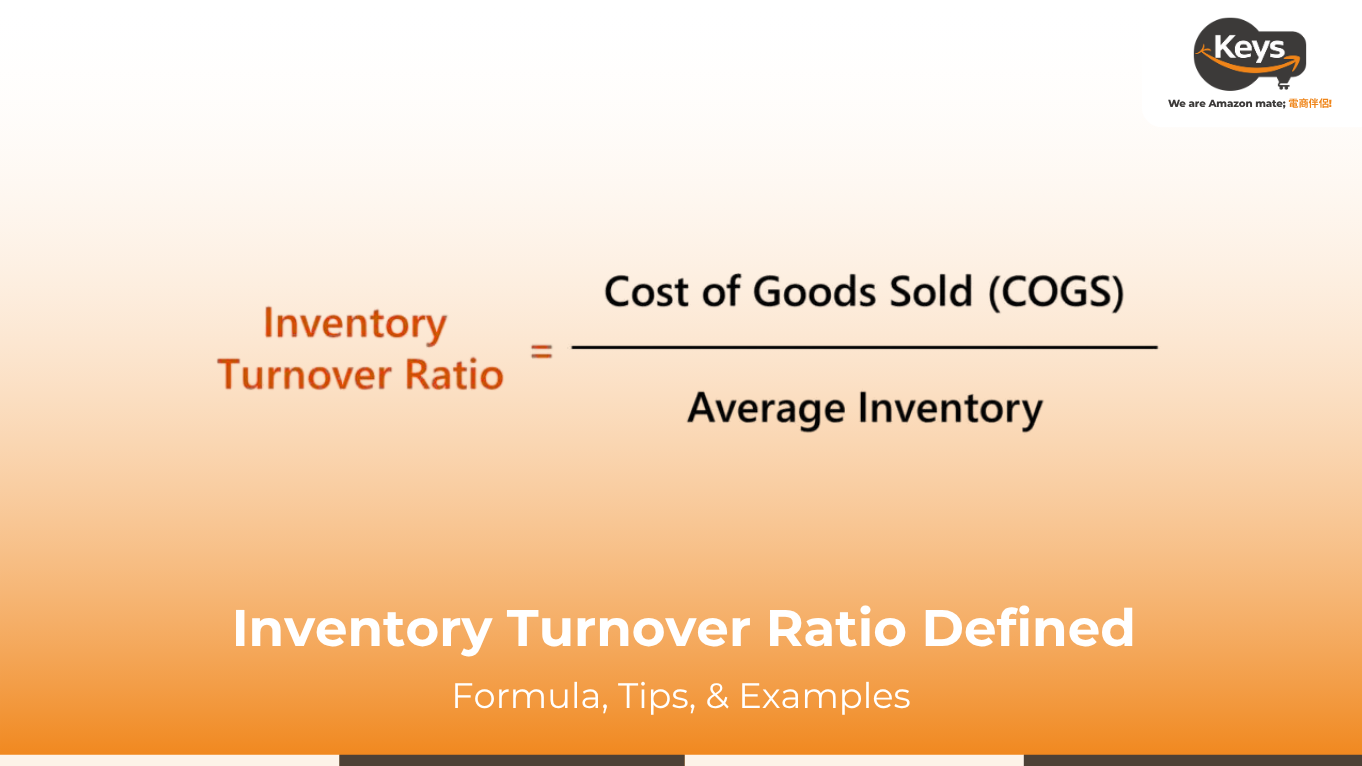

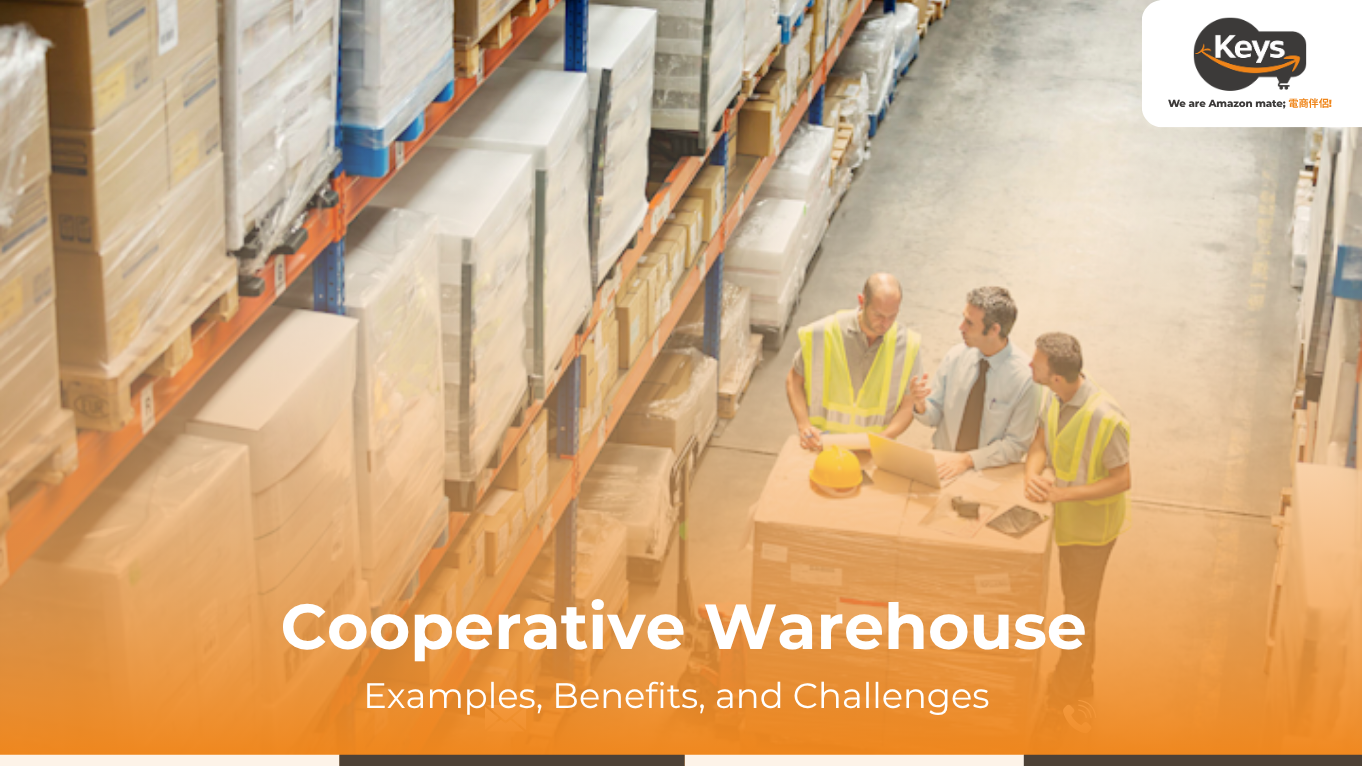


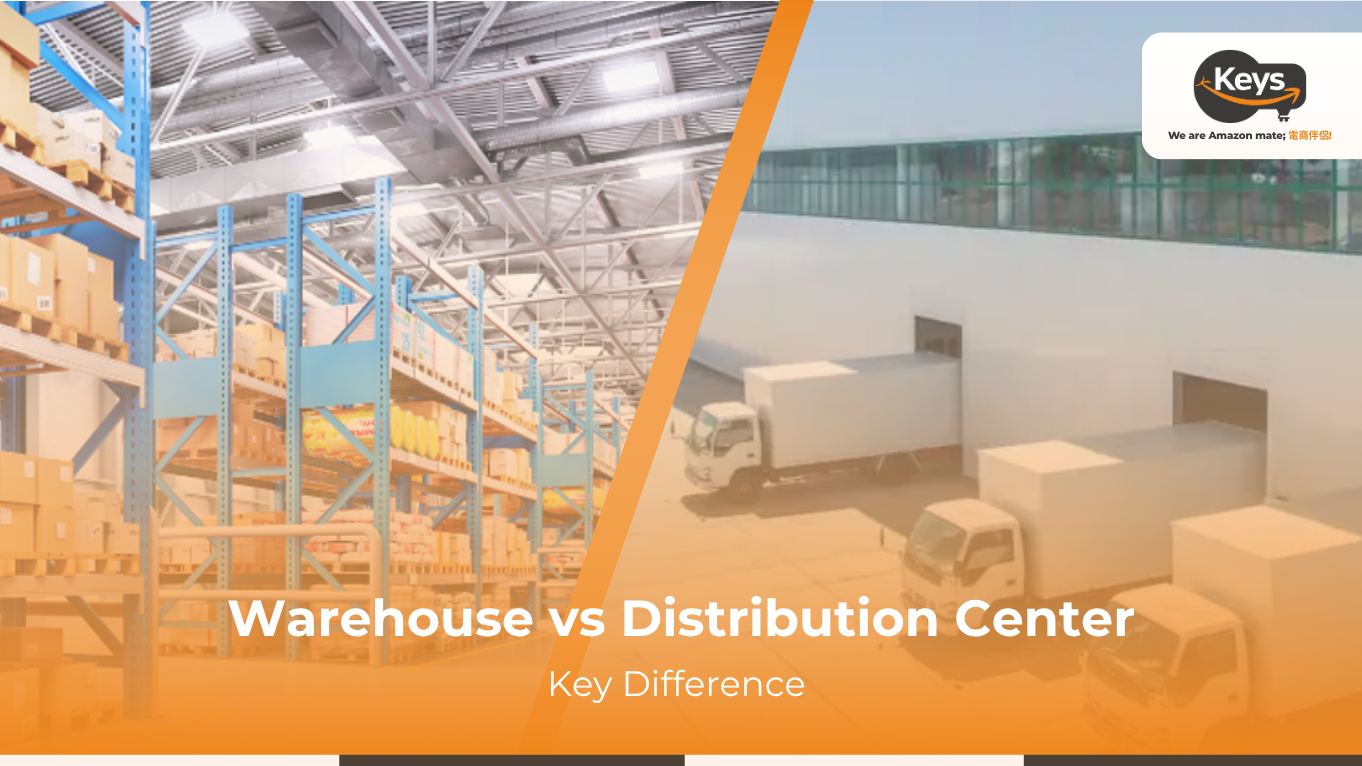
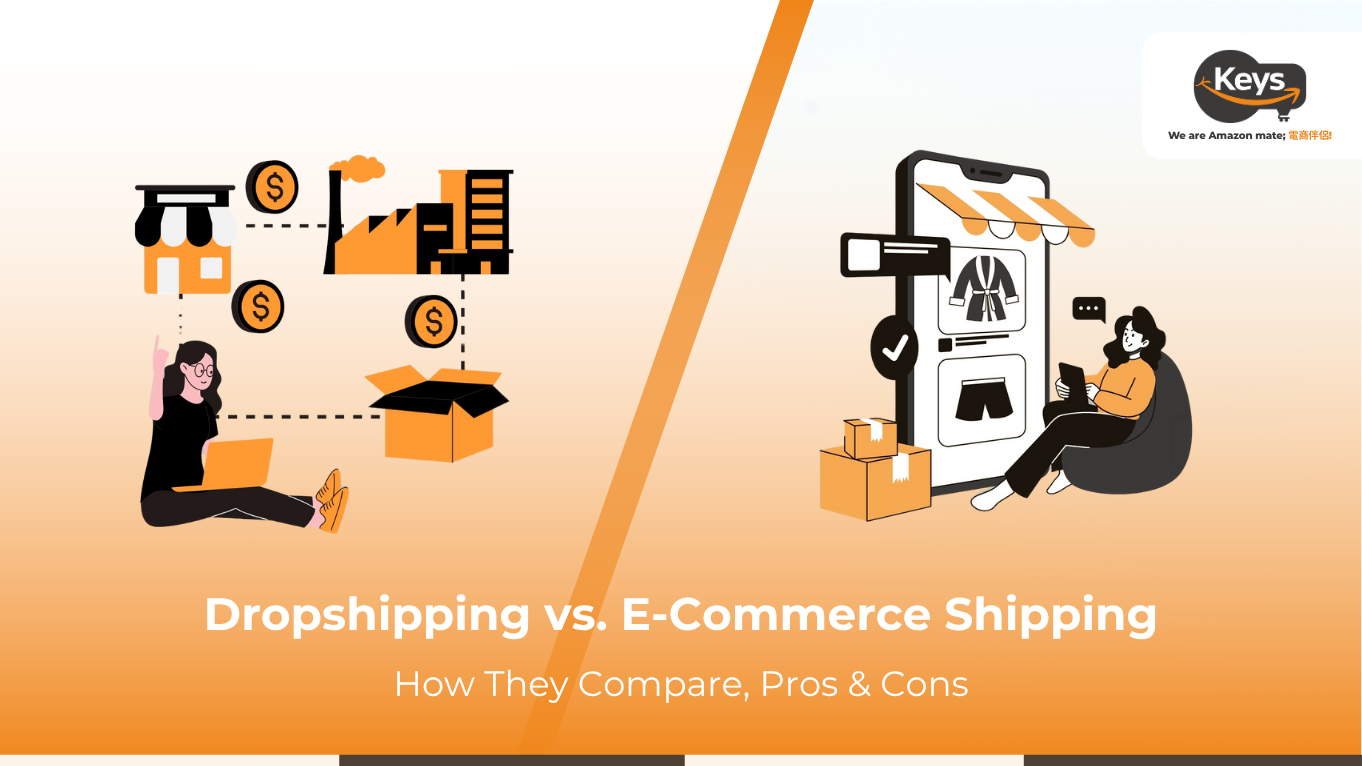
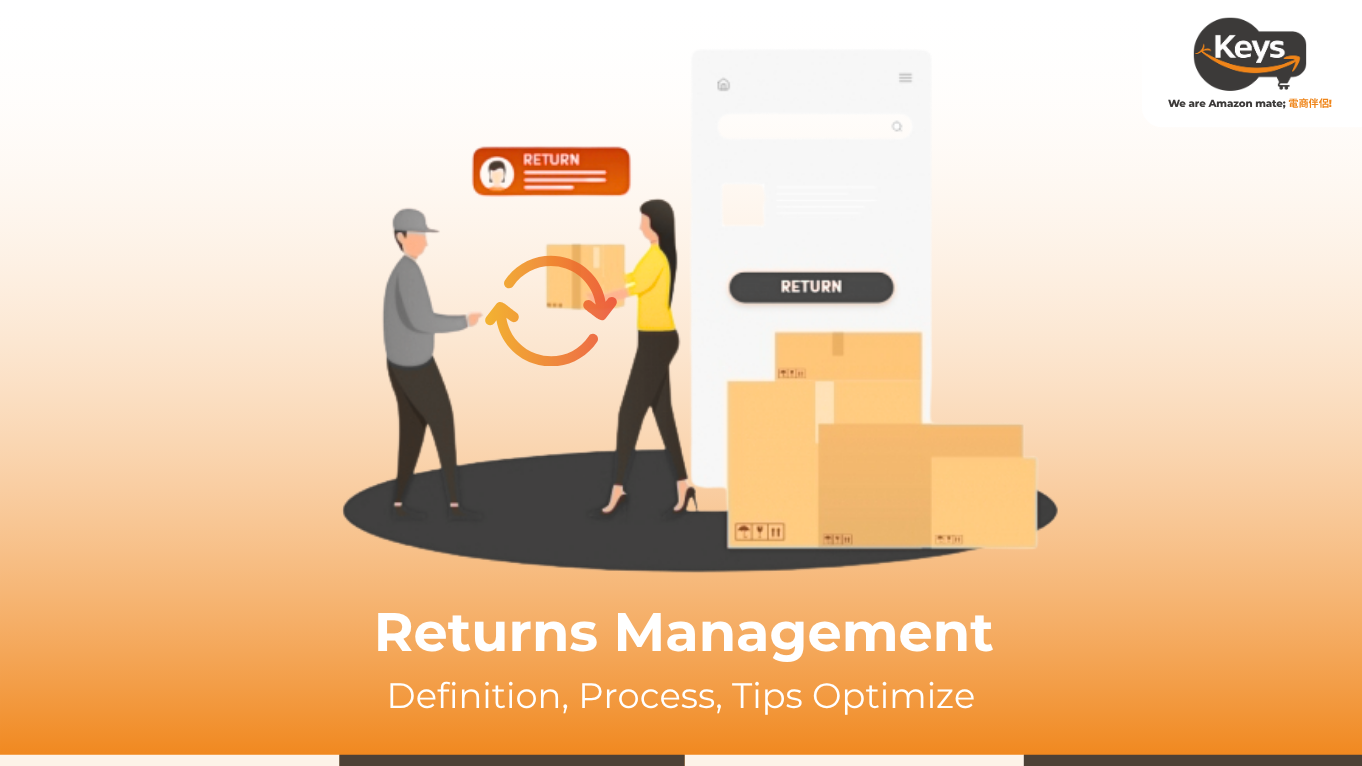

 Tiếng Việt
Tiếng Việt 中文 (中国)
中文 (中国)

